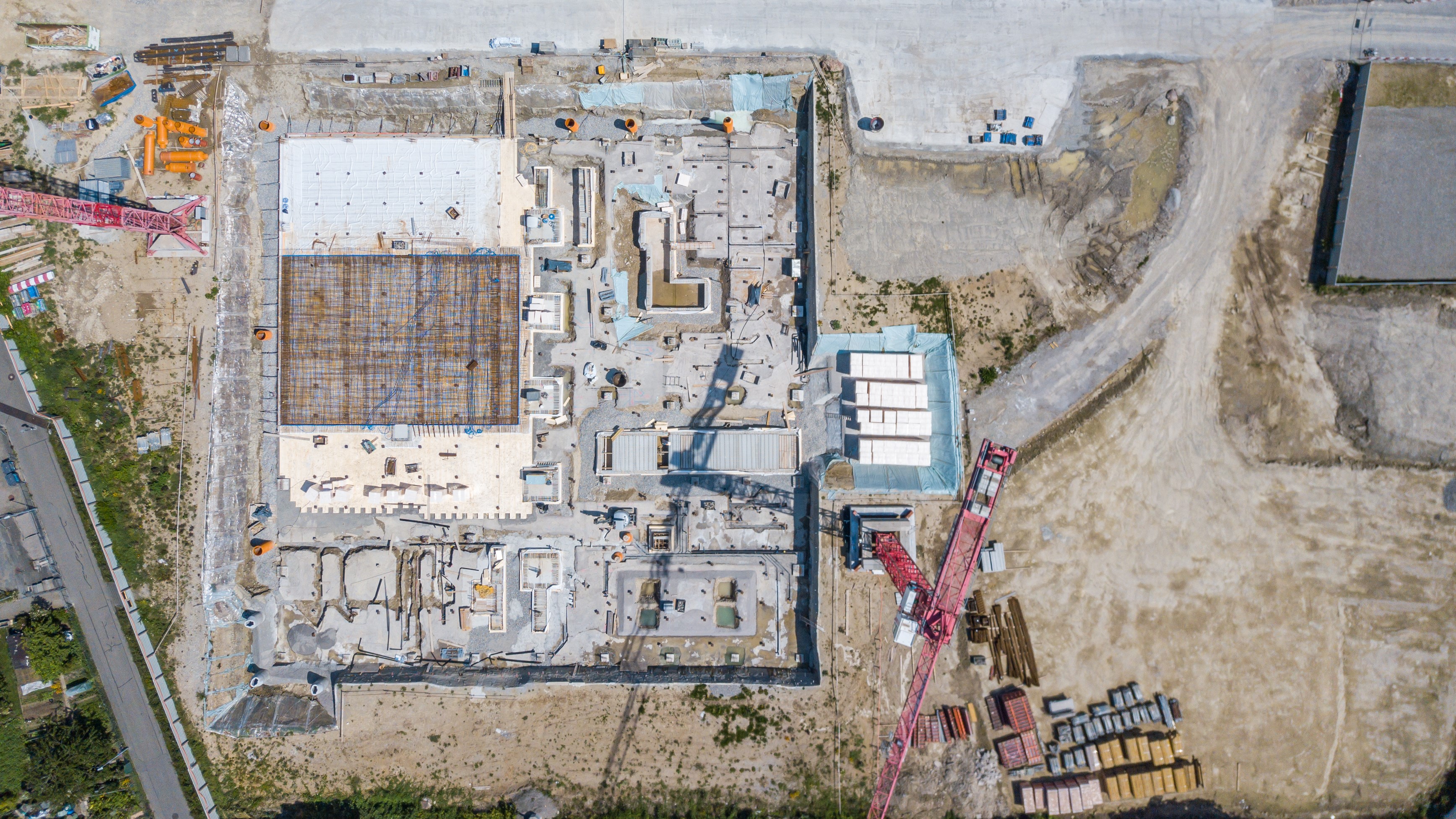
The JCT has published a new form of contract for use where parties wish to carry out works based on an initial target cost that they have arrived at, and this includes arrangements to share savings as an additional incentive to the contractor.
To ensure that this new approach is effective, the core clauses of the Target Cost contract (TCC) use the tried and tested wording of other contracts in the JCT suite. The JCT has also published an aligned subcontract version, as well as guides for both this and the main contract.
Headline statements at the start of the TCC indicate where it might be appropriate to use the contract.
These include situations where the employer wants to use a target cost as an incentive for the contractor, where detailed contract provisions are considered necessary, or where an agent is employed to administer any conditions.
The TCC has been drafted on the same core basis as the JCT Design and Build contract, in that the contractor is responsible for carrying out and completing both the design and works. This means the contractor is a single point of responsibility for design and construction throughout the project.
Conditions vary from suite in small but significant ways
The TCC's conditions are arranged in a similar format as the rest of the JCT suite although the way in which changes or variations are dealt with is different, with the relevant rules appearing in a separate schedule at the end of the contract rather than in the body.
The particulars are generally self-explanatory and in most cases follow the same entries as in other JCT contracts, although some apply uniquely to the TCC.
For instance, there is a limit to the contractor's liability for its design work. However, while this is an optional clause in the 2024 edition of the JCT suite, the parties to a TCC have the opportunity under clause 2.1.6 to introduce a further specific and overall liability cap for the contractor's design work.
Meanwhile, where the Design and Build contract makes alternative payment methods available, TCC clause 4.11 only offers a single method relating to periodic payments as opposed to stages of progress.
As with the other JCT contracts, the body of the TCC no longer contains a Part 2 schedule relating to third-party rights and collateral warranties either.
Instead, clause 6.4 makes reference to a separate document, a model form for which is provided in appendix A to the TCC guide.
Documents limit liability and scope for change
Article 1 incorporates the contract documents into the contractor's obligations. These documents are defined in clause 1.1 as the agreement, the conditions, the employer's requirements, the contractor's proposals, the target cost analysis and, where applicable, the BIM protocol.
The provisions relating to loss or expense are now in a separate schedule dealing with the issue of adjusting the target cost – which would be done in response to any changes to scope or loss or expense payments – rather than in the conditions as found in other JCT contracts.
Clause 2.17.1.1 expressly limits design liability to reasonable skill and care, thus excluding a duty for the design to be reasonably fit for purpose. However, in practice employers have commonly amended this when using other JCT contracts to remove the provision for skill and care and impose a fitness-for-purpose obligation.
This is significant, because many professional indemnity insurers will not cover the fitness-for-purpose risk. The contractor is therefore unlikely to agree to a duty that, in the event of a breach, it would have to remedy using its own funds.
Given the historic uncertainty in this respect, JCT has added for the first time an express condition in clause 2.17.1.2 to exclude any requirement for the contractor to have such a fitness-for-purpose obligation.
The TCC payment provisions also differ fundamentally from those in the rest of the suite, which in the case of the most frequently used forms such as Design and Build, Intermediate Building, Minor Works and Standard Building contracts rely on an initial lump sum – the contract sum – that is then adjusted by reference to changes as provided for in the relevant conditions.
In contrast, the starting point for the TCC is the establishment of a target cost, exclusive of VAT, as specified in article 2. This cost is not to be adjusted or altered except in accordance with the conditions in clause 4.1.
TCC defines range of new terms
As a new JCT form of contract, the TCC contains several new definitions relating to target cost.
For instance, clause 4.2 defining adjustments to the cost refers to the specific adjustments as set out in Schedule 1 Part 1 rather than in the clause itself.
Such adjustments can be made to reflect an amount agreed for a change under Schedule 1 Part 2, or for any deductions or additions specified in paragraphs 2.3.1–2.3.4.
Allowable cost is defined as being equivalent to the value of the work executed, as per other JCT contracts; however, in the case of TCC this is calculated with reference to a specific set of rules as defined in clause 4.5, which itself refers to the contents of the whole of Schedule 2.
This comprises seven separate parts, each defining the basis on which the cost is calculated:
- introduction
- cost of subcontract work
- cost of the contractor's management and design staff on site
- cost of the contractor's direct workforce
- cost of materials and goods provided by the contractor
- cost of plant, services and consumable stores provided by the contractor
- any sundry costs incurred by the contractor.
Schedule 2 Part 2 goes on to define the allowable cost in respect of subcontracting as merely the cost of the subcontract work itself, although this is likely to comprise the bulk of the overall cost of the project.
There are detailed provisions regarding the cost of that work in the TCC subcontract, although parties should take care if the contractor chooses to procure some or all of their subcontracts by other means.
The contract fee is described in clause 4.6 of the conditions, and can be recorded in the contract particulars as either a fixed sum or a percentage. This fee will be part of the target cost figure and appears as a separate line item in the target cost analysis document, but is not itself part of the calculation of the allowable cost.
An adjustment to the contract fee is only permitted if the fixed-sum option has been selected in the contract particulars, and the method of applying that adjustment is in accordance with Schedule 3.
The parties can insert any agreed method of adjustment into the contract particulars, but if none are noted the default position is that Schedule 3 applies.
In normal circumstances, any savings would be retained by the employer in full. However, the difference share is introduced to give an incentive to the contractor: it can take a portion of any gains that might be achieved by completing the project at a lower cost than expected.
Detailed provisions for the method of calculating the share amounts define the percentages that apply.
Provision made for interim payments and final statements
Interim payments are to be made in accordance with clause 4.16.2. The gross valuation for such payments is not equivalent to the target cost, though, as it quantifies the cumulative value of the work up to a particular stage in accordance with clauses 4.4–4.7.
This valuation shall be the total of the allowable cost from clause 4.16.2.1, a proportion of the contract fee in clause 4.16.2.2, and any amounts payable for the difference share from clause 4.7.1, less the following:
- retention, in accordance with clauses 4.18–4.20
- advance payments due for reimbursement, in accordance with clause 4.10
- the total amount of interim payments previously paid, as in clause 4.17.3.
Options are provided for the calculation of the difference share whether it is applied at each interim payment or only once at the end of the project, depending on what the parties have agreed.
Both parties should give careful consideration to which option best suits the project, as working out the share due at each interim payment might demand significant resources for what could be a modest benefit.
The final statement must contain the target cost, as adjusted, the allowable cost, the contract fee and the difference share, less any deductions specified in clause 4.21.2.5 and sums already paid to the contractor.
Payment then follows as per the usual procedure for other JCT contracts.
RICS offers resources to support use of new contract
An RICS webinar exploring the new contract in greater detail is now available as part of member CPD packages.
In addition, an extensive section detailing all the features of the TCC is available to isurv subscribers.
Certificate in Construction Project Management
90 hours CPD | Online
Build the skills every successful project manager needs.
Led by expert trainers, you'll explore each stage of a construction project using a simplified version of the RIBA framework and gain the vital soft skills needed to enhance team coordination and stakeholder engagement.
Increase your employability with this comprehensive nine-month online course today.
Upcoming cohorts:
20 January 2026
07 April 2026
16 June 2026

Steven Thompson FRICS is senior specialist – construction, in RICS' professional practice and development team
Contact Steven: Email
Related competencies include: Contract administration

